
Injuries
Guinea pigs have bones that break easily and their depth perception is poor which can cause them to fall and hurt themselves. If your guinea pig is moving more slowly or seems to be in pain, then look for swelling or injuries. Take them to the vet right away if you notice an injury. Don’t worry that your pet may necessarily need to be put to sleep because of a broken bone. This is not always the case.
You may have heard of the injury called bumblefoot. This is the swelling and infection of the footpad caused often by wire bottomed cages and too much soiled bedding. If your guinea pig has bumblefoot, she may not want to move at all. Ask your vet for a treatment for this problem.
Sometimes guinea pigs lose the use of their back legs. This is somewhat common and is not a sign of injury. If you see your guinea pig dragging itself around, administer a dose of liquid calcium. This seems to solve the problem. If you do not see an improvement in two or three days, call your vet.
Many guinea pigs never experience any real health problems. If yours does, you will now know how to proceed.
On a Budget?
Sure, you want to own a guinea pig, but you don’t have a huge budget to pay for frequent vet visits. Your cavy may only need a yearly check-up, or they may need costly care. The following table may help you decide your course of action:
SYMPTOM
CAN MEAN...
(Can be cured at home)
BUT MIGHT MEAN...
(Consult a veterinarian)
Bare spots in fur
Poor diet (more fruits and vegetables)
Deficiency disease (Vitamin C deficiency); fungal skin disease, mange mite infestation, ringworm
Drooling
Not enough to gnaw
Teeth too long or a malocclusion
Diarrhea
Eating large amount of foods high in water (i.e., iceberg lettuce, cucumber); not enough hay; environment too cool or damp
Bacterial infection
Excessive scratching
Unclean maintenance; poor grooming; fleas or mites
Parasites (fleas or mites); skin fungus; skin inflammation
Listless
Boredom (add more items to habitat; give more attention to animal)
Possible infection
Minor bleeding
Minor wound or scratch from fighting with rival; sharp object in habitat
Clean minor wounds with antiseptic, but for severe cut see veterinarian
Not eating
Environment too cold and/or damp; draft; overheating; not enough to gnaw
Teeth are too long, or possible malocclusion (upper and lower teeth meet improperly when chewing).
Rapid breathing
Panting due to high heat, shock, fear, or stress
Heat stroke
Sneezing or throat rumbling
Draft; temperatures too hot or too cold
Viral or bacterial infection
Sore on foot pad
Housing with wire bottom; fecal soiling of cage bottom (cleanliness)
Abscess on ball of foot
SYMPTOMS WHICH WARRANT A TRIP TO THE VET ASAP: If your guinea pig has any of the following symptoms, you should take it to the vet immediately.
• Injury due to a fall or other accident
• Refusal to eat or drink
• Diarrhea
• Constipation or bloat
• Weight loss of more than 2 ounces
• An obvious cold (which could develop into pneumonia or an upper respiratory infection)
• Labored breathing, wheezing, frequent sneezing, crusty eyes
• Blood in the urine, or whining while urinating
• Lethargy, hunched posture, failure to respond to you as usual
Remember – prompt, competent veterinary care is crucial to saving the life of a sick cavy. Unfortunately NONE of the symptoms above are universally safe to treat at home … so please know that if you choose not to take your piggy to the vet, there is always a risk.
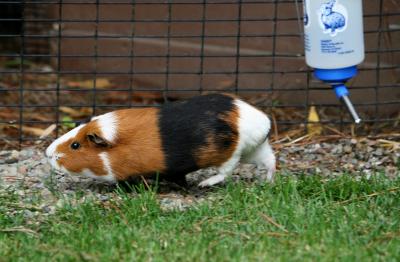 How to Care for a Hairless Guinea Pig
How to Care for a Hairless Guinea Pig
How to Care for a Hairless Guinea Pig
How to Care for a Hairless Guinea Pig
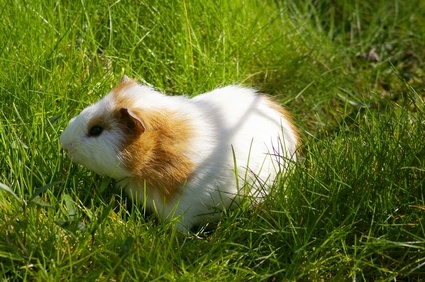 How to Kill Fleas on a Guinea Pig
How to Kill Fleas on a Guinea Pig
How
How to Kill Fleas on a Guinea Pig
How to Kill Fleas on a Guinea Pig
How
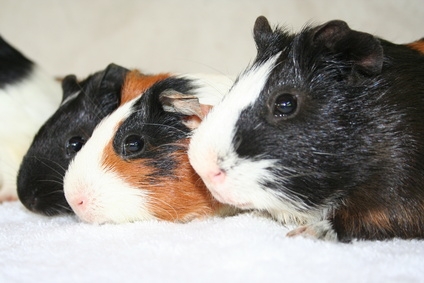 How to Prevent Messes Outside of a Guinea Pig Cage
How to Prevent Messes Outside of a Guinea Pig
How to Prevent Messes Outside of a Guinea Pig Cage
How to Prevent Messes Outside of a Guinea Pig
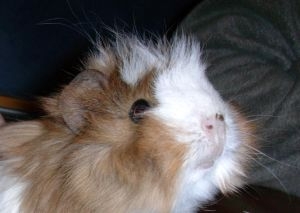 How to Name a Guinea Pig
How to Name a Guinea Pig
How to Name a
How to Name a Guinea Pig
How to Name a Guinea Pig
How to Name a
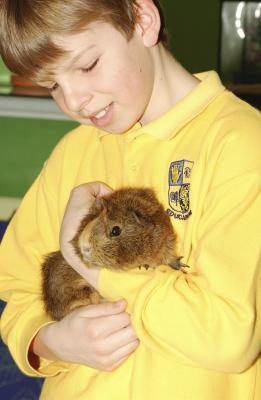 How to Get Your Baby Guinea Pig Used to You
How to Get Your Baby Guinea Pig Used to You
How to Get Your Baby Guinea Pig Used to You
How to Get Your Baby Guinea Pig Used to You
Copyright © 2005-2016 Pet Information All Rights Reserved
Contact us: www162date@outlook.com